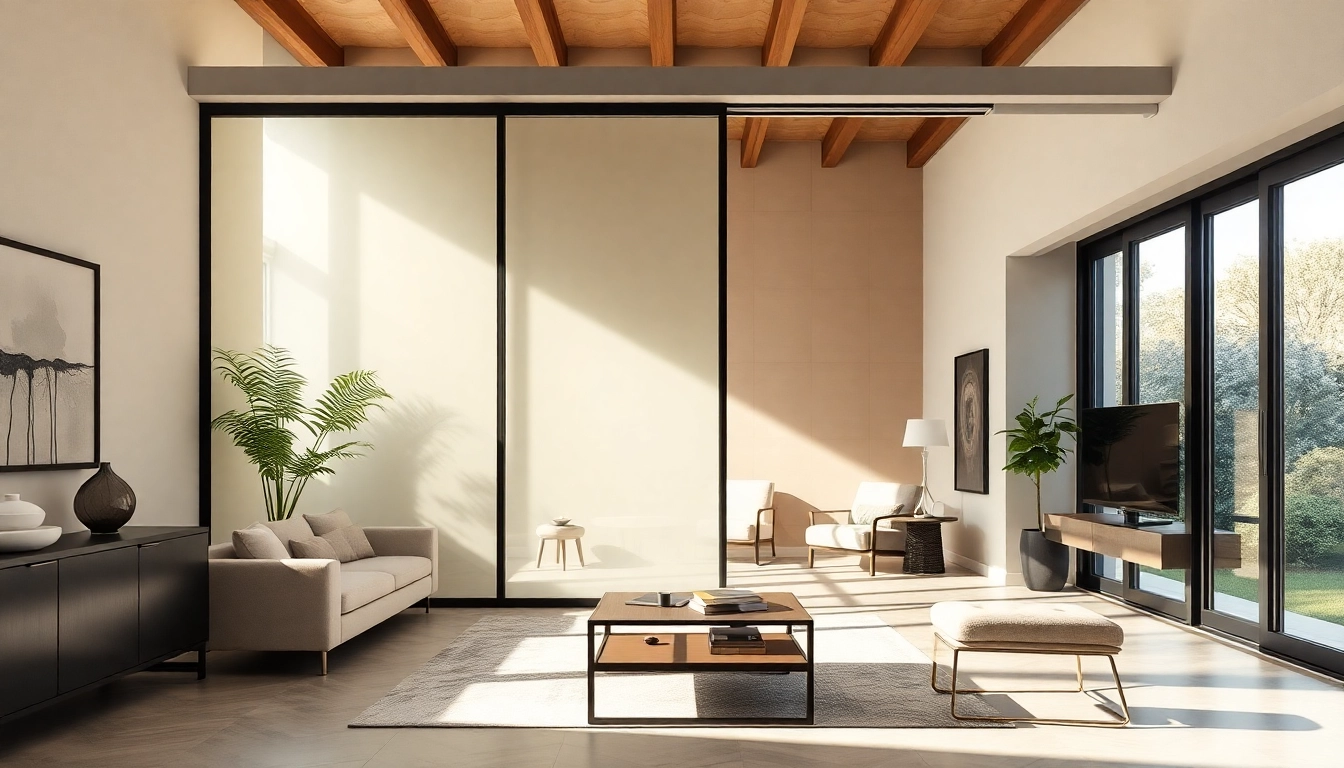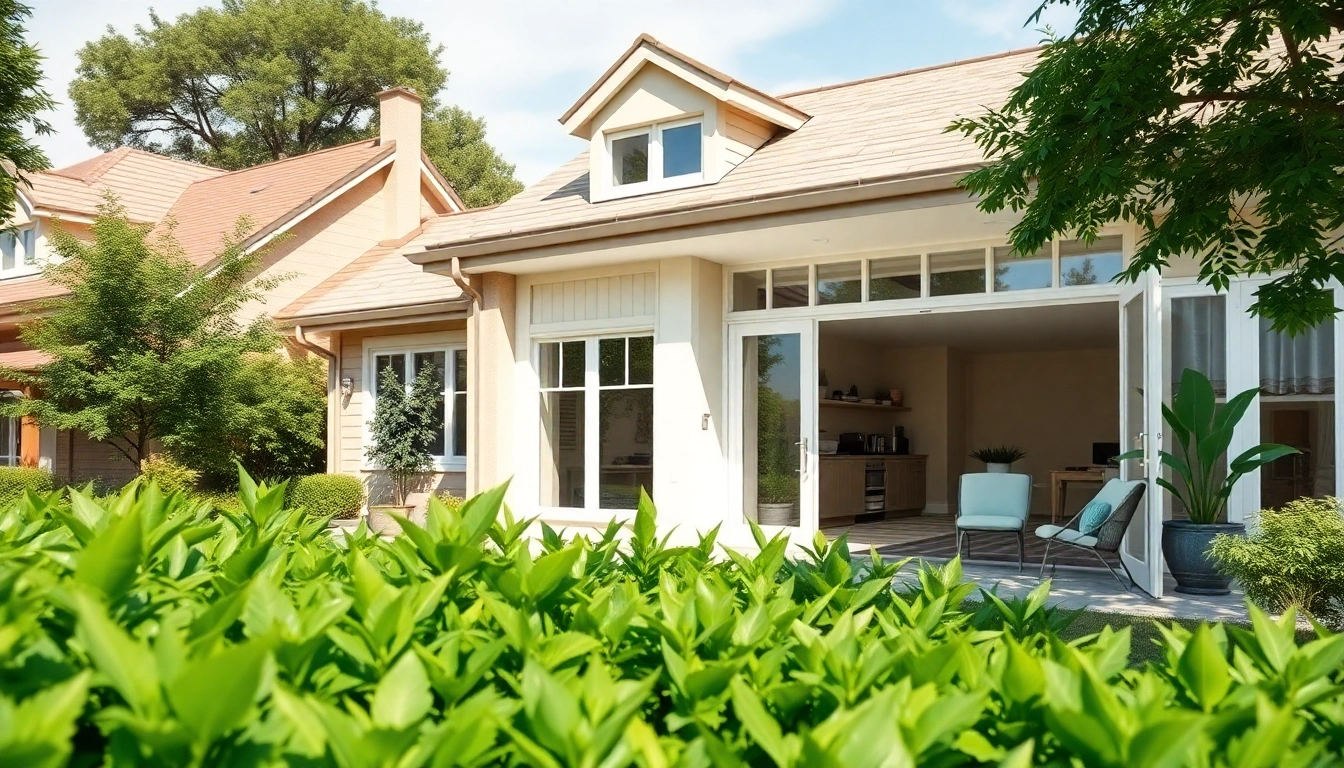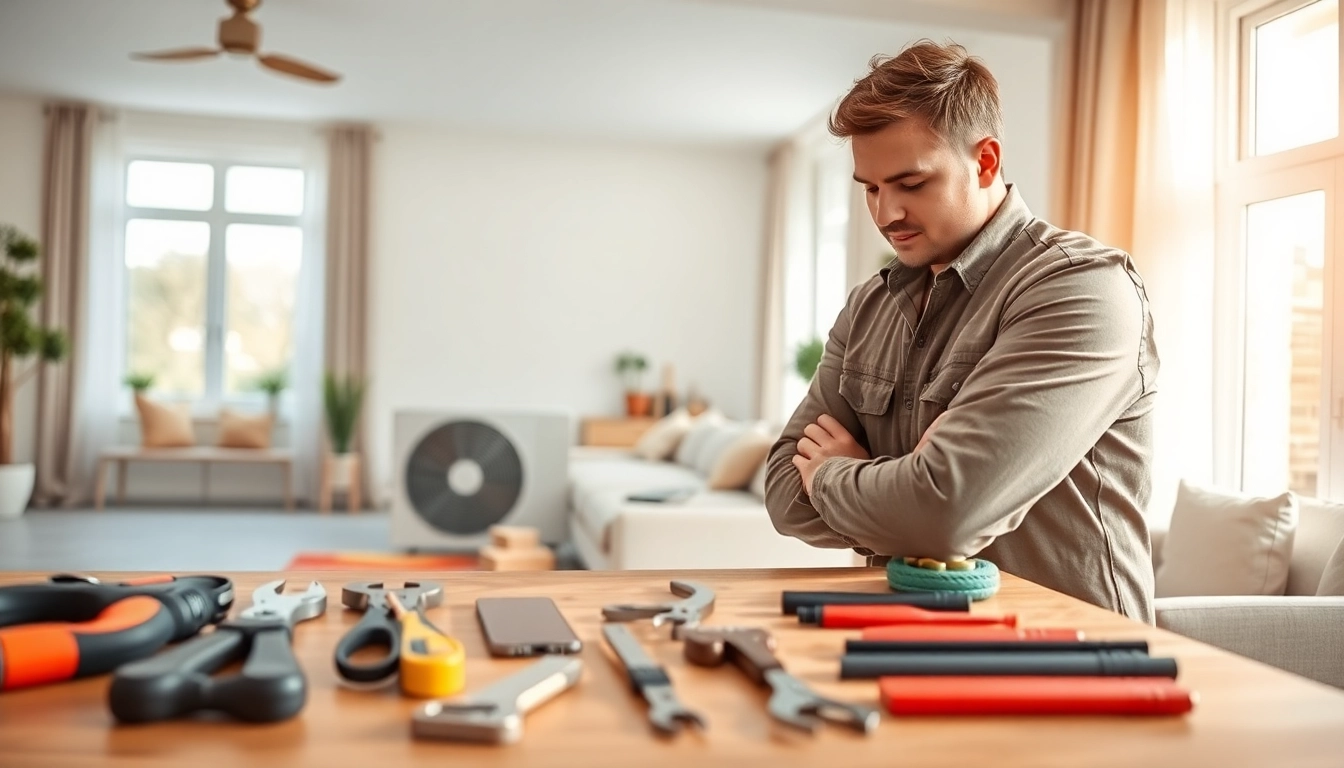Understanding Sliding Partition Walls
What is a Sliding Partition Wall?
A sliding partition wall is a versatile architectural solution that enables the reconfiguration of space within a structure by allowing walls to move along tracks. Unlike traditional fixed walls, sliding partition walls provide the flexibility to create temporary or semi-permanent barriers that can be adjusted according to the user’s needs. These walls typically consist of lightweight materials such as wood, glass, or metal and can be operated manually or electronically.
Benefits of Using Sliding Partition Walls
Sliding partition walls come with numerous advantages that make them appealing for both residential and commercial spaces:
- Space Optimization: By offering the ability to open or close off areas, sliding partition walls allow for maximum utilization of varying floor plans.
- Flexibility: These walls can be moved or adjusted, adapting to different functional needs throughout the day.
- Cost-Effectiveness: Sliding partition walls are often more affordable than permanent construction, providing an economical option for space management.
- Enhanced Acoustics: Many sliding walls are designed to improve sound insulation, making them ideal for offices and collaborative environments.
- Aesthetic Appeal: Available in various designs and finishes, sliding partition walls can enhance the aesthetic of a space while providing functionality.
Types of Sliding Partition Walls Available
Sliding partition walls can be categorized into a few distinct types, each offering unique benefits:
- Panel Systems: These consist of large panels which glide along a track, either vertically or horizontally. They are suitable for both residential and commercial uses.
- Accordion Walls: This type folds into a compact stack when opened, providing an attractive option for limited space.
- Glass Walls: A modern choice that allows natural light to pass through, maintaining openness while providing separation.
- Operable Walls: These are advanced systems that can be manually or electronically operated, suitable for converting large spaces into smaller, functional venues.
Applications of Sliding Partition Walls
Residential Use Cases
Sliding partition walls in residential settings allow homeowners to maximize space and functionality. For example, instead of adding more rooms, a sliding wall can separate an open living area from a dining area when privacy or noise reduction is necessary. They are also perfect for creating flexible home offices, where a space can be converted from a living room into a dedicated work zone with ease.
Commercial Spaces
In commercial environments, sliding partition walls play a significant role in creating adaptable workspaces. For instance, coworking spaces often utilize these walls to offer private meeting rooms without the need for significant renovations. Additionally, restaurants may employ them to create private dining areas for events, allowing for a dynamic use of their floor space.
Temporary Event Solutions
For temporary settings, such as conventions or trade shows, sliding partition walls provide a quick solution to dividing large areas into smaller, functional sections. Their lightweight design facilitates easy setup and takedown, perfect for creating booths or seminar spaces that can be reconfigured as needed throughout an event.
Key Considerations Before Installation
Space and Design Factors
Before installing a sliding partition wall, it’s essential to consider the design and spatial requirements. The size of the area, ceiling height, and aesthetic appeal are crucial. Ensure the space allows for the wall to slide without obstruction. It’s also vital to choose a design that complements the existing decor.
Cost and Budgeting
Sliding partition wall costs vary based on materials, sizes, and complexity of the installation. It’s prudent to establish a realistic budget before making a selection. Prices can substantially differ depending on whether you opt for custom-made walls versus prefabricated options. Understanding the long-term value associated with flexibility and usability can help justify the investment.
Installation Process
The installation of sliding partition walls can vary widely based on the model chosen. Some options, especially those that are panelized and designed for DIY installation, require minimal tools and can often be completed in a day. Conversely, operable walls may necessitate professional installation and consultation to ensure proper functionality and design integration.
Buying Guide for Sliding Partition Walls
Top Features to Look For
When selecting a sliding partition wall, consider the following features:
- Track System: Look for robust and reliable track systems that allow smooth movement.
- Material: Choose materials that align with both aesthetic desires and functional demands, such as durability, sound insulation, or transparency for glass options.
- Ease of Use: Check if the wall is easy to operate, whether it’s manual or automated.
- Design Options: Select from various finishes and styles that will harmonize with the overall decor of the space.
Popular Brands and Models
Some notable brands in the sliding partition wall market include:
- Modernfold: Known for their high-quality operable partitions offering excellent sound control and customizable designs.
- Versare Solutions: Offers a range of wall partition systems renowned for durability and ease of use.
- Raydoor: Focuses on elegant designs, seamlessly integrating aesthetic beauty with functionality.
- Loftwall: Specializes in modern solutions that prioritize flexibility and technological integration.
Where to Buy Sliding Partition Walls
Sliding partition walls can be found through various retailers. Therefore, consider exploring:
- Home Improvement Stores: Local or national chains often carry a selection of partition walls and related hardware.
- Specialty Suppliers: Companies specializing in partitions offer a wider range of products suitable for commercial and residential applications.
- Online Marketplaces: Websites such as Amazon provide user reviews and detailed descriptions to aid in comparison shopping.
Maintenance and Care for Sliding Partition Walls
Cleaning and Upkeep Tips
To maintain the integrity of your sliding partition wall, regular cleaning is essential:
- Dusting: Periodically dust the panels and track to prevent buildup that can impede movement.
- Cleaning Solutions: Use gentle cleaning solutions suitable for the wall material to avoid damage.
- Check Hardware: Regularly inspect the track and wheels for wear and tear, lubricating them as needed to ensure smooth operation.
Common Issues and Solutions
Some common issues with sliding partition walls include:
- Sticking Panels: If panels become difficult to move, check for obstructions and clean the track.
- Misalignment: Realign tracks following improper setup by adjusting the mounted hardware.
- Noise: If walls create unnecessary noise when sliding, consider applying lubricant or using sound insulating materials.
Extending the Lifespan of Your Partition Wall
To ensure your sliding partition wall lasts, consider these tips:
- Routine Maintenance: Establish a regular checkup schedule to assess the condition of the wall.
- Avoid Excessive Force: Train users to handle the wall gently to prevent damage.
- Repairs: Address minor issues promptly before they develop into more significant problems.




